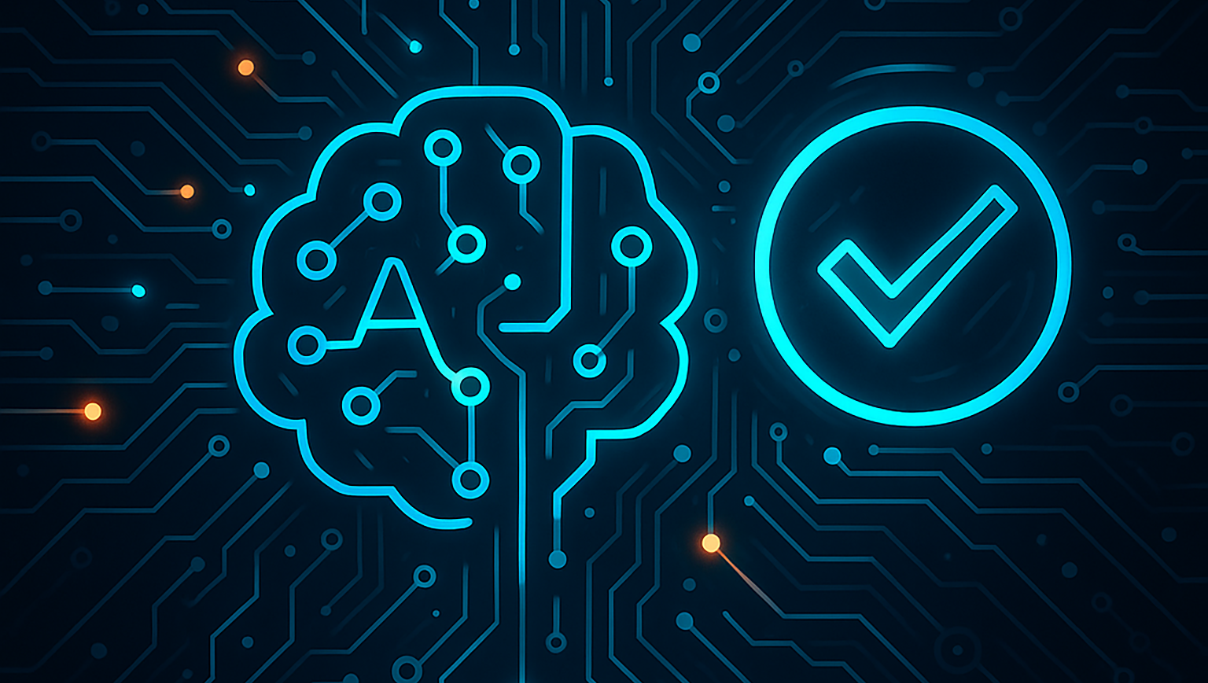
Preventing Healthcare Burnout with Modern Technology: Leveraging Automation, Telemedicine, and AI
Healthcare provider burnout rates soared during the COVID-19 pandemic, with 63% of physicians reporting at least one manifestation of burnout in 2021. And though the height of the pandemic is years behind us, its effects still linger in the healthcare industry.
Nearly half of healthcare workers still report feelings of burnout, largely due to work overload, long hours, and staffing shortages. For nurses, burnout rates increase to 56%. Even worse, 41% of nurses and roughly 25% of physicians say they are actively seeking a new job. Since it costs nearly 200% of an employee’s salary to replace a specialized healthcare professional, this trend can be devastating for hospital systems already strapped for cash.
The Centers for Disease Control and Prevention (CDC) recently captured the magnitude of the situation, declaring that America’s healthcare systems are at a breaking point. “To label our current and long-standing challenge a ‘crisis’ is an understatement,” said Casey Chosewood, a director and senior medical officer at the CDC. “…Staffing crisis, lack of supportive leadership, long hours of work and excessive demands and flexibilities in our nation’s health systems all must be addressed.”
Thankfully, modern technology is helping healthcare organizations overcome these hurdles by streamlining processes, enhancing patient care, and improving staff experience.
Here we’ll discuss how automation, telemedicine, remote monitoring, and AI-powered systems are revolutionizing healthcare environments, empowering patients and providers, and reducing staff burnout nationwide.
Reducing Administrative Burden
Administrative work is one of the most burdensome aspects of healthcare work. In fact, a National Library of Medicine (NIH) study identified cumbersome, outdated health information technology (HIT) and electronic health record (EHR) systems to be key contributing factors in burnout.
Older versions of this technology often fail to deliver the productivity and efficiency gains providers expect. However, modern EHRs leverage AI to drastically reduce time spent on repetitive manual tasks like data entry, scheduling, and billing.
By reducing tedious administrative tasks, modern solutions reduce the stress and fatigue associated with paperwork, while also allowing healthcare professionals to focus more on high-quality patient care.
Many healthcare organizations are harnessing the power of AI to automate other administrative tasks, too. For example, Texas Children’s Pediatrics uses the emerging technology to respond to inbox messages, helping physicians respond to patients more quickly and efficiently. The hospital also uses an AI-powered app to help patients check symptoms and set appointments outside of business hours.
These tools have helped dramatically reduce burnout among Texas Children’s providers, with distress scores dropping 36% from 2023 to 2024.
“[These features take] some of those questions and messages off our plate so that we can spend more time doing what we love, which is the face-to-face interactions in the clinic,” said Dr. Sapna Singh, a pediatrician and director at Texas Children’s Pediatrics.
Automating Clinical Notes
Most clinicians spend their entire workday meeting with patients and then have to spend time at night writing up their clinician notes and putting together claims for reimbursement.
But the landscape is changing with the introduction of generative AI. Now, GenAI medical scribes can capture transcripts, extract relevant medical notes, and auto-populate EMR fields for the clinician to review.
Healthcare organizations can maximize the full value of this emerging technology by automating time-consuming workflows, such as referrals to specialists and insurance claims. With the help of these tools, clinicians can ensure claims are formatted and coded in a way that won’t get denied by a particular patients’ insurance company, which drastically reduces the back-and-forth that typically comes with legacy RCM systems and costly claim denials.
Here’s how this system might look:
- Step 1: A rules engine flags common documentation issues. After providers document and generate claims, an RPA-based application prompts them if there’s a reason the billing might be denied and suggests ways to fix it.
- Step 2: Autocomplete and co-pilot billing documents in real time. Generate AI pulls historical data from the EMR and slots it into relevant fields. Meanwhile, an ambient listening co-pilot interfaces directly with this rules engine in real time.
- Step 3: Increased visibility streamlines next steps. As ambient listening and clinical documentation co-pilots gain additional traction, clinicians have the opportunity to ask additional billing questions in real time. Patients and doctors have a greater understanding of approximate costs as they discuss the next step for treatment, ensuring compliance in the care plan and eliminating financial barriers.
AI-Powered Decision Support Systems: Enhancing Care, Empowering Providers
AI is changing the face of nearly every industry across the globe, and healthcare is no exception. In particular, AI-driven decision support systems (AI-DSS) are helping clinicians make better decisions by offering evidence-based recommendations and alerts for potential issues. These systems help physicians make quicker and more accurate clinical decisions, reducing the cognitive load and stress on healthcare professionals.
AI-DSS goes beyond simplistic data analysis. Instead, it reveals custom-built treatment plans, identifies opportunities for early intervention, and more. Here are just a few ways AI-DSS can benefit providers and their patients:
- Diagnostic support: Deep learning models analyze X-rays and MRIs to help accurately diagnose patients
- Personalized treatment: Algorithms review genetic profiles, medical histories, and more to identify the best possible treatment plan for a specific patient
- Risk identification: Machine learning offers targeted interventions that detect risks early on and assist in early intervention
- Administrative tasks: AI streamlines physician paperwork duties with real-time recording and auto-populating in EHR systems
Numerous studies confirm that AI can help increase the accuracy, efficiency, productivity, and overall quality of healthcare services. It can help eliminate bias, filter irrelevant information, and transform data from unstructured to structured. By enhancing treatment plans and alleviating physician burdens, it allows providers to focus more on the human-centered, fulfilling elements of the job. Patients get better, more personalized care, and physicians feel more confident and empowered to serve.
Alleviate Healthcare Burnout with Digital Technology Solutions
Healthcare burnout is one of the most pressing issues of our day, negatively affecting patients, providers, and healthcare organizations alike. Fortunately, digital technology can serve as an incredible support to overburdened providers, helping relieve stress, reduce manual tasks, and improve patient outcomes.
Not only does the right technology help minimize time spent on routine tasks — it also reduces costs for healthcare organizations and minimizes the strain of worker shortages. In short, it’s a win for providers, patients, and healthcare systems at large.
Ready to build digital products that help reduce physician burnout and enhance patient care? Get in touch with 3Pillar today to learn more about our all-inclusive, fully managed product development services. Whether you need help integrating and modernizing your platforms or applications, or building an innovative solution from scratch, we’ll work as your partner to deliver high-value digital experiences. Contact us now to get started.
About the author

Recent blog posts

Stay in Touch
Keep your competitive edge – subscribe to our newsletter for updates on emerging software engineering, data and AI, and cloud technology trends.



